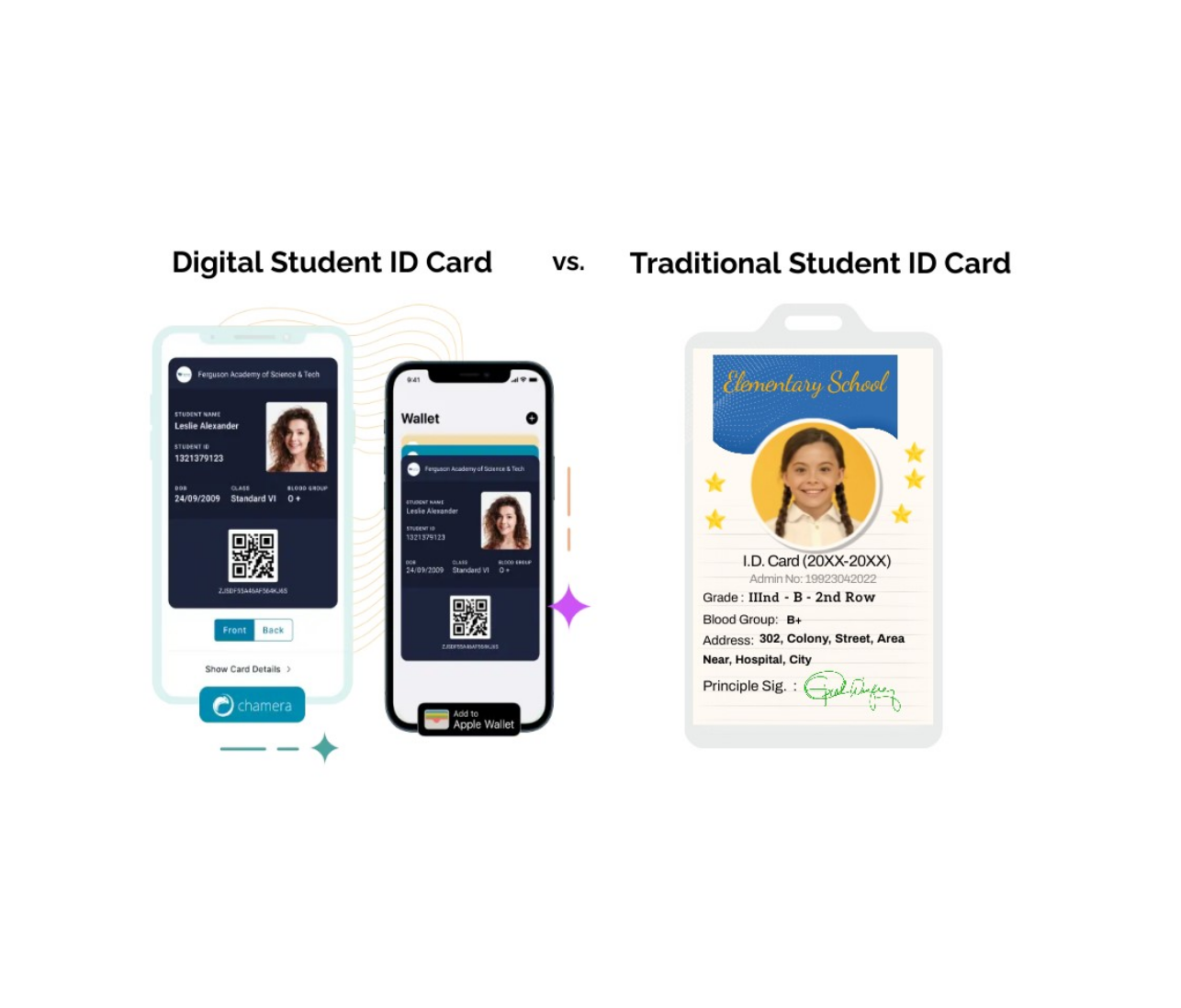In the dynamic landscape of education, where dedicated educators play one of the main roles in shaping the future, teacher shortages or exhaustion in their jobs have become increasingly pressing. As we navigate through these issues, the integration of technology emerges as a beacon of hope, offering innovative solutions to not only alleviate the burdens on educators but also address the alarming staffing gaps.
This article digs into the realm of effective tech solutions, exploring five strategies designed to transform the teaching profession. We will learn about the burnout issue of teachers in the present education system and the reasons behind the educator shortage. And finally, we’ll explore the latest innovation in technology that can bring a brighter future for the education system and create a more sustainable and fulfilling teaching experience.
Reasons Behind Exhaustion in Teaching Job and Educator Shortage
Teacher burnout and educator shortages are significant challenges in the present education system, and they often intersect with various factors:
The reasons that work behind teacher burnout are –
- Teachers are often burdened with heavy workloads, including lesson planning, grading, administrative tasks, and extracurricular responsibilities.
- Inadequate resources, both in terms of classroom materials and support staff, can contribute to stress and frustration for teachers.
- Dealing with the emotional needs of students, addressing behavioural issues, and managing diverse classroom environments can take a toll on teachers’ emotional well-being.
- Teachers often face pressure linked to standardised testing, which may lead to a narrowing of the curriculum and increased stress.
For this over-tiring job, there has recently been a worldwide shortage in the teaching profession. According to the Institute of Education Sciences of the US, 44% of schools are short-staffed, with one in ten having a vacancy rate exceeding 10%.
Various reasons work behind this, such as:
- Compensation and Benefits: Teachers, especially in certain areas or school districts, may face challenges related to low salaries and insufficient benefits.
- Job Dissatisfaction: The combination of burnout factors contributes to job dissatisfaction, prompting some educators to leave or retire early. A negative perception of the teaching profession may deter potential candidates from pursuing teaching careers.
- Lack of Support: New teachers may face challenges in their early years due to inadequate preparation and insufficient mentorship.
- Changing Expectations: Evolving expectations for teachers, including increased administrative responsibilities and accountability measures, can create additional stress and discourage individuals from remaining in the profession.
Five Innovative Technological Solutions to Help the Teaching Profession
1. Switching to a Digital ID Card App
Digital ID card systems are a multifaceted technological solution to alleviate teacher burnout and shortages. By digitising administrative processes, a digital ID card app reduces paperwork and automates tasks like attendance tracking, allowing teachers to focus more on teaching. Real-time communication features foster better teacher-parent collaboration, creating a supportive educational community.
Digital id card for students can facilitate the whole administrative system by keeping a massive bundle of student’s data and track the daily attendance record as well. Additionally, the renowned platform enables a free digital ID facility to help the school understand its features and utilise them properly in the system before investing in it entirely.
2. Visitor Management and Emergency Attendance Solution
In drills or real emergencies, finding students, staff, or visitors on campus and sorting attendance can take up much time. This not only eats into teaching time but also stresses out teachers on the front lines.
Schools using a cloud-based visitor system linked to student information make it much easier to track who’s on campus and where they were last. It is also possible to connect a digital ID card with this system to digitalise the whole process. Look for systems made for K-12 schools, like iPad-based ones that can flexibly move around.
An emergency attendance app is a time-saver. During frequent lockdowns or fire drills, the manual attendance process is a hassle. Use an emergency app so teachers can quickly mark everyone present, and statuses instantly appear on a dashboard. These user-friendly tools improve emergency procedures with accurate student attendance and location info for everyone on campus. They save teachers time and stress when emergencies happen.
3. AI-Powered Workload Management Systems
Artificial Intelligence-powered systems represent a cutting-edge solution to address teacher stress and streamline administrative tasks within educational institutions. These systems control artificial intelligence algorithms to analyse and optimise the distribution of tasks among educators. By identifying patterns in workloads and assigning tasks more equitably, these systems help prevent the accumulation of excessive responsibilities on individual teachers, mitigating the risk of burnout.
The implementation of AI-powered workload management systems can lead to increased efficiency in resource allocation, allowing schools to optimise staffing levels based on workload patterns. This not only supports teachers in managing their responsibilities but also contributes to a more balanced and sustainable teaching environment.
4. Virtual Reality (VR) for Professional Development
The use of VR in professional development allows teachers to practice and refine their teaching techniques in a risk-free and immersive environment. This technology can be particularly beneficial for honing skills in classroom management, student engagement, and innovative teaching methodologies.
This technology immerses educators in realistic and interactive virtual environments, providing hands-on experiences that simulate classroom scenarios. Teachers can engage in virtual workshops, simulations, and collaborative exercises by providing a more interactive and experiential form of training. VR enhances the effectiveness of professional development and contributes to teacher confidence and competence.
5. Efficient School Dismissal
After a long day of teaching, some teachers also handle school dismissal, which becomes an extra burden. Technology can step in here and smoothen the whole process. Implementing automated tracking systems, such as RFID or QR code-based solutions, streamlines the dismissal process. It not only reduces the manual workload on teachers but also enhances operational efficiency.
Additionally, automated communication tools, such as mobile apps or messaging platforms, can facilitate seamless and real-time communication between teachers, parents, and school staff. By embracing these technological solutions, schools can enhance the safety of the dismissal process and contribute to a more balanced workload.
Final Words
Integrating technological solutions presents a transformative path forward for addressing the pressing challenges of teachers and shortages in our education system. Technologies hold the promise of not only lessening the immediate concerns educators face but also shaping a more sustainable and fulfilling future for the teaching profession. So, it is high time for educational institutes to assimilate technology into the education system to secure a better future for the students, teachers and the whole education system.




